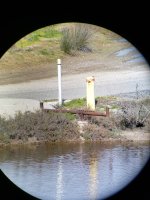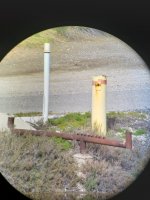biowizard
Member

Does anyone hereabouts have the Swaro ME 1.7x converter for their ATX/STX scope, especially on the 95mm or even 115mm models? I'd be interested in any comments about it? While I assume that like any teleconverter, there is a loss of brightness equal to the square of the magnification ratio, here about 3-fold (1.7^2 = 2.89), I'm particularly interested in the sharpness of the resulting image. Does it stretch the image beyond the resolving power of the main scope?
ME 1.7x
ME 1.7x







